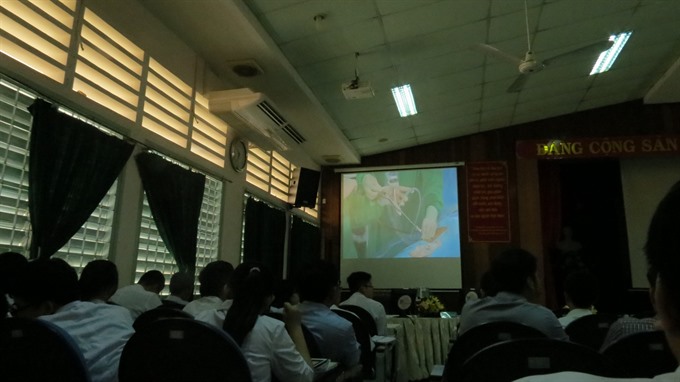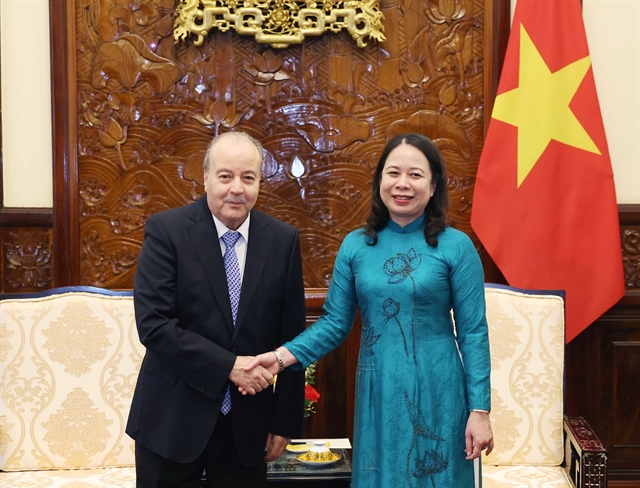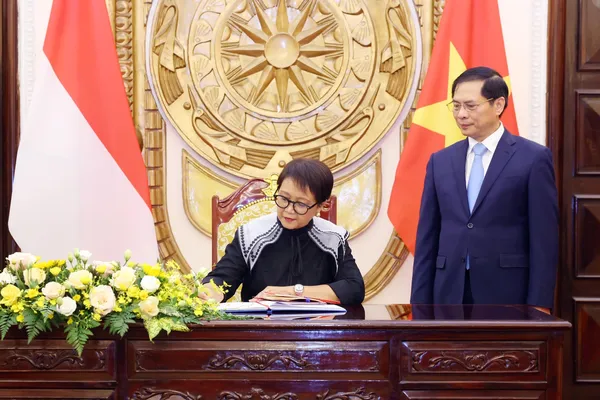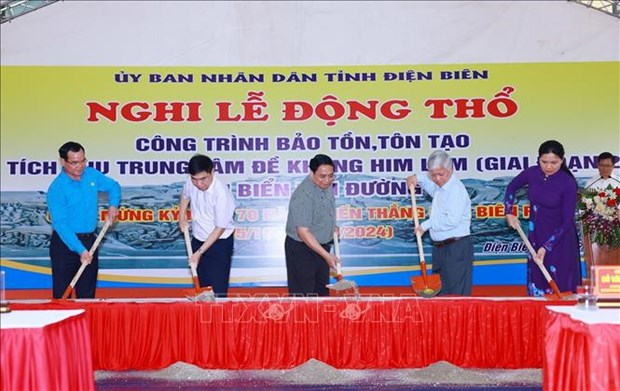 Society
Society

" />Treatment for urinary kidney stones, a common health problem in countries with a tropical climate, has become more advanced in Việt Nam, but surgery is often required because patients wait too long to visit the hospital, according to doctors at Bình Dân Hospital in HCM City.
 |
| Doctors perform mini-PCNL surgery on a 61-year-old patient with a kidney stone 28 millimetres in diameter at Bình Dân Hospital. The surgery was broadcast live at a workshop on PCNL held in HCM City last week. —VNS Photo Gia Lộc |
HCM CITY — Treatment for urinary kidney stones, a common health problem in countries with a tropical climate, has become more advanced in Việt Nam, but surgery is often required because patients wait too long to visit the hospital, according to doctors at Bình Dân Hospital in HCM City.
Dr Nguyễn Phúc Cẩm Hoàng, deputy head of the hospital, said the hospital had seen a 30 per cent increase in kidney stone incidences compared to two years ago.
Many patients do not have regular health check-ups and often come to the hospital when the stone has enlarged to 20 millimetres or more, which requires surgery.
A 61-year-old patient, for example, was recently brought to the hospital for severe pain in his left abdomen, which had caused difficulties in urinating. The pain had lasted for nearly a year.
The doctor’s diagnosis was a kidney stone 28 millimetres in diameter.
“An ultrasound scan in a check-up detects 90 per cent of cases of kidney stones. Patients often visit the hospital only when they are in pain. By that time, the stone’s size is too large,” Hoàng said.
Hot weather leads to more concentrated urine, which is one of the favorable conditions for developing kidney stones, according to Hoàng.
Each week, an average of 30 patients with kidney stones receive surgery at his hospital.
Hòang said that stones were sometimes caused by a poor diet or relapse of infection in the urinary tract.
Pain reduction
Doctors at health facilities from the grassroots to central levels in the country have the capacity to treat kidney stones, including standard Percutaneous Nephrolithotomy (PCNL) surgery, which was first performed in Việt Nam in 1997.
The European Association of Urology’s treatment guidelines updated in 2014 recommend PCNL as the therapy of choice for large renal calculi the size of 20 millimetres or above for certain conditions, according to Nguyễn Ngọc Châu of Bình Dân Hospital.
Compared to open surgery, PCNL helps reduce pain during and after surgery and the number of days at the hospital for treatment.
At a workshop on PCNL held on Tuesday at Bình Dân Hospital, Dr Nguyễn Văn Ân of the hospital said that PCNL surgery was not easy because it could cause significant complications such as blood loss, post-operative pain and potential renal damage as large instruments are needed during surgery.
"With mini-PCNL, blood loss is reduced," Ân said, adding that Việt Đức Hospital had performed mini-PCNL operations since 2014.
Patients with large kidney stones at Bình Dân Hospital have also benefited from mini-PCNL since 2013. However, the therapy can cause complications including infection, which could lead to death, according to Ân.
A doctor at 108 Hospital in Hà Nội said that he and his colleagues attending the workshop were planning to use the mini-PCNL procedure at their hospital in the near future.
The 108 Hospital has performed standard PCNL on a total of 500 patients. — VNS









